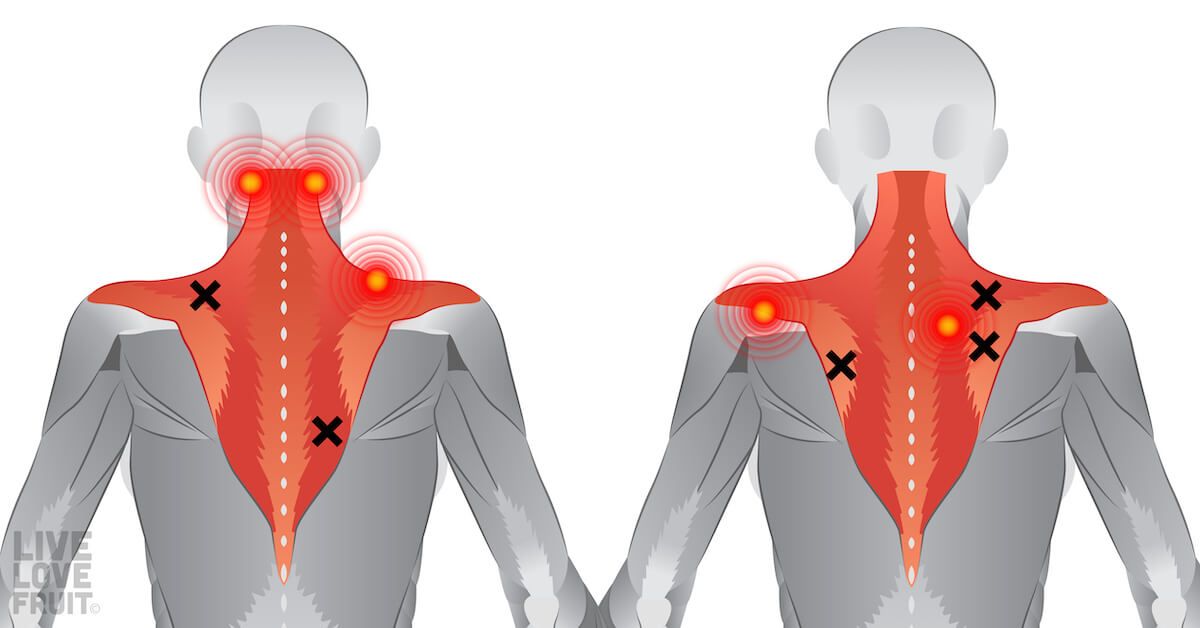
How can stiff and tight muscles result in back pain? – Stiff and tight muscles can be a major contributor to back pain, affecting posture, spinal alignment, and nerve function. Understanding the relationship between muscle stiffness and tightness and their impact on back pain is crucial for effective prevention and management.
Muscle stiffness refers to the reduced ability of a muscle to lengthen, while muscle tightness is characterized by an increased resting tension. Bot
Don’t forget to show your appreciation for all the special mothers in your life this Mother’s Day. Whether you’re sending wishes or spending time with them in person, make sure to let them know how much you care.
h conditions can result from factors such as age, inactivity, dehydration, prolonged sitting, and repetitive motions.
Muscle Stiffness and Back Pain

Stiff and tight muscles are common causes of back pain. Understanding the relationship between muscle stiffness and back pain can help you prevent and manage this condition.
If you’re looking for a more targeted approach, consider trying exercises that specifically target lower back fat. These exercises can help to tone and strengthen the muscles in this area, which can lead to a reduction in fat.
Muscle Physiology and Stiffness, How can stiff and tight muscles result in back pain?
Muscle stiffness refers to the resistance of a muscle to being stretched or moved. It is influenced by several factors, including:
- Muscle fibers: Muscles are made up of individual fibers that contract and relax to produce movement. Stiffer muscles have a higher proportion of fast-twitch fibers, which are less flexible than slow-twitch fibers.
- Connective tissue: Muscles are surrounded by connective tissue, which provides support and structure. Increased connective tissue can make muscles stiffer.
- Factors contributing to stiffness: Age, inactivity, and dehydration can all contribute to muscle stiffness.
Stiff Muscles and Back Pain
Stiff muscles can lead to back pain by:
- Affecting posture: Stiff muscles can cause imbalances in the body, leading to poor posture. This can put strain on the spine and back muscles, causing pain.
- Altering spinal alignment: Stiff muscles can pull the spine out of alignment, putting pressure on nerves and causing pain.
- Reducing nerve function: Stiff muscles can compress nerves, reducing their ability to transmit signals. This can lead to numbness, tingling, or pain.
Tight Muscles and Back Pain
Muscle tightness is a feeling of discomfort or pain when a muscle is stretched. It is often caused by:
- Muscle tension: Tight muscles can be caused by prolonged sitting, repetitive motions, or stress.
- Trigger points: Tight muscles may contain trigger points, which are small, painful knots that can refer pain to other areas of the body.
Prevention and Management
Preventing and managing muscle stiffness and tightness can help reduce back pain:
- Regular exercise: Regular exercise helps keep muscles flexible and strong.
- Stretching: Stretching can help improve muscle flexibility and reduce stiffness.
- Proper posture: Maintaining good posture can help prevent muscle imbalances and back pain.
- Massage therapy: Massage therapy can help relax stiff muscles and reduce pain.
- Physical therapy: Physical therapy can help improve muscle function and reduce pain.
- Medication: In some cases, medication may be necessary to relieve muscle pain and stiffness.
Closing Notes: How Can Stiff And Tight Muscles Result In Back Pain?

Addressing muscle stiffness and tightness involves regular exercise, stretching, and maintaining proper posture. Treatment options include massage therapy, physical therapy, and medication. Seeking medical attention is recommended if back pain persists or worsens.
Expert Answers
What is the difference between muscle stiffness and muscle tightness?
Muscle stiffness refers to the reduced ability of a muscle to lengthen, while muscle tightness is characterized by an increased resting tension.
How can stiff muscles contribute to back pain?
Lower back fat can be a stubborn problem, but there are exercises that can help. These exercises target the back muscles that support the lower back and help to burn fat. It’s important to note that stiff and tight muscles can also contribute to back pain, so it’s essential to stretch and warm up before exercising.
Stiff muscles can affect posture, spinal alignment, and nerve function, leading to back pain.
What are some examples of activities that can lead to muscle tightness?
Prolonged sitting, repetitive motions, and stress can contribute to muscle tightness.





